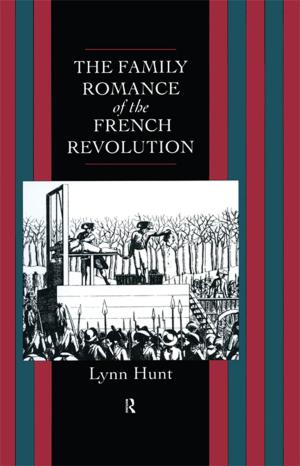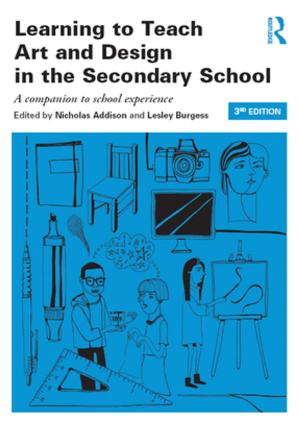The Guild and Guild Buildings of Shakespeare's Stratford
Society, Religion, School and Stage
Nonfiction, Art & Architecture, Architecture, History| Author: | ISBN: | 9781317029649 | |
| Publisher: | Taylor and Francis | Publication: | March 9, 2016 |
| Imprint: | Routledge | Language: | English |
| Author: | |
| ISBN: | 9781317029649 |
| Publisher: | Taylor and Francis |
| Publication: | March 9, 2016 |
| Imprint: | Routledge |
| Language: | English |
The guild buildings of Shakespeare’s Stratford represent a rare instance of a largely unchanged set of buildings which draw together the threads of the town’s civic life. With its multi-disciplinary perspectives on this remarkable group of buildings, this volume provides a comprehensive account of the religious, educational, legal, social and theatrical history of Stratford, focusing on the sixteenth century and Tudor Reformation. The essays interweave with one another to provide a map of the complex relationships between the buildings and their history. Opening with an investigation of the Guildhall, which served as the headquarters of the Guild of the Holy Cross until the Tudor Reformation, the book explores the building’s function as a centre of local government and community law and as a place of entertainment and education. It is beyond serious doubt that Shakespeare was a school boy here, and the many visits to the Guildhall by professional touring players during the latter half of the sixteenth-century may have prompted his acting and playwriting career. The Guildhall continues to this day to house a school for the education of secondary-level boys. The book considers educational provision during the mid sixteenth century as well as examining the interaction between touring players and the everyday politics and social life of Stratford. At the heart of the volume is archaeological and documentary research which uses up-to-date analysis and new dendrochronological investigations to interpret the buildings and their medieval wall paintings as well as proposing a possible location of the school before it transferred to the Guildhall. Together with extensive archival research into the town’s Court of Record which throws light on the commercial and social activities of the period, this rich body of research brings us closer to life as it was lived in Shakespeare’s Stratford.
The guild buildings of Shakespeare’s Stratford represent a rare instance of a largely unchanged set of buildings which draw together the threads of the town’s civic life. With its multi-disciplinary perspectives on this remarkable group of buildings, this volume provides a comprehensive account of the religious, educational, legal, social and theatrical history of Stratford, focusing on the sixteenth century and Tudor Reformation. The essays interweave with one another to provide a map of the complex relationships between the buildings and their history. Opening with an investigation of the Guildhall, which served as the headquarters of the Guild of the Holy Cross until the Tudor Reformation, the book explores the building’s function as a centre of local government and community law and as a place of entertainment and education. It is beyond serious doubt that Shakespeare was a school boy here, and the many visits to the Guildhall by professional touring players during the latter half of the sixteenth-century may have prompted his acting and playwriting career. The Guildhall continues to this day to house a school for the education of secondary-level boys. The book considers educational provision during the mid sixteenth century as well as examining the interaction between touring players and the everyday politics and social life of Stratford. At the heart of the volume is archaeological and documentary research which uses up-to-date analysis and new dendrochronological investigations to interpret the buildings and their medieval wall paintings as well as proposing a possible location of the school before it transferred to the Guildhall. Together with extensive archival research into the town’s Court of Record which throws light on the commercial and social activities of the period, this rich body of research brings us closer to life as it was lived in Shakespeare’s Stratford.















